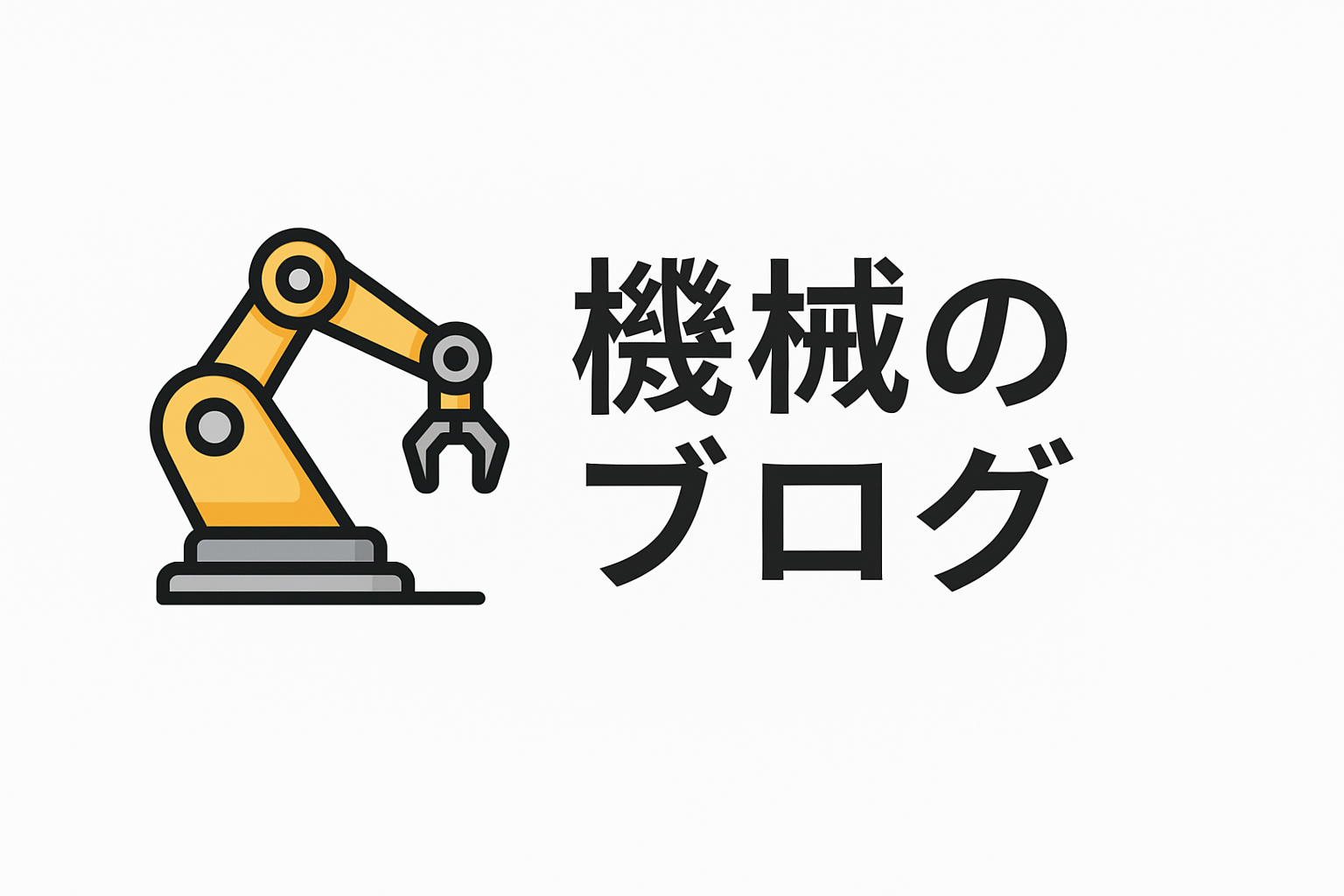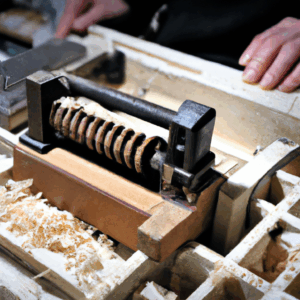Evolving Machine Tools: Exploring the Future of Automation
The manufacturing landscape is undergoing a rapid transformation, with automation at the heart of this evolution. Machine tools, once solely operated by skilled craftsmen, are now increasingly autonomous, integrating advanced technologies that promise to redefine production efficiency and capability. As professionals in the manufacturing sector, understanding these changes is crucial for staying competitive in an ever-evolving market. In this article, we explore the future of automation in machine tools, delving into the latest innovations and their implications for the industry.
Section 1: The Rise of Automation in Machine Tools
Automation in machine tools is not a novel concept. The journey began with the introduction of Computer Numerical Control (CNC) in the 1950s, which revolutionized manufacturing by allowing machines to be controlled by programmed instructions rather than manual operation. Since then, the integration of robotics, artificial intelligence, and the Internet of Things (IoT) has propelled automation to new heights.
Today’s automated machine tools are capable of performing complex tasks with minimal human intervention. This transition has been driven by the need to increase production speed, improve precision, and reduce human error. The adoption of automation technologies has enabled manufacturers to produce high-quality products at a lower cost, thereby enhancing their competitiveness in the global market.
Section 2: Advanced Robotics and Machine Learning
The integration of advanced robotics in machine tools is a significant trend shaping the future of automation. Robots equipped with machine learning algorithms can adapt to new tasks and learn from previous experiences, leading to continuous improvement in performance. These robots can handle intricate tasks, such as assembling delicate components or performing precise measurements, with unparalleled accuracy.
Machine learning also plays a crucial role in predictive maintenance, a proactive approach that uses data analytics to predict when a machine will require maintenance. By analyzing patterns in machine performance data, manufacturers can schedule maintenance before a failure occurs, reducing downtime and increasing productivity.
Section 3: The Role of IoT in Smart Manufacturing
The Internet of Things (IoT) is another transformative force in the automation of machine tools. By connecting machines to a network, IoT enables real-time monitoring and data collection, providing valuable insights into machine performance and production processes. These insights can be used to optimize operations, reduce waste, and enhance overall efficiency.
IoT also facilitates the implementation of smart manufacturing, where interconnected machines work in harmony to achieve a seamless production process. This level of connectivity allows for greater flexibility in manufacturing, enabling companies to quickly adapt to changes in demand or production requirements.
Section 4: Human-Machine Collaboration
Despite the increasing autonomy of machine tools, human-machine collaboration remains essential. While machines excel at repetitive and precise tasks, humans bring creativity, problem-solving skills, and adaptability to the table. The future of automation lies in leveraging the strengths of both humans and machines to achieve optimal results.
Collaborative robots, or cobots, are designed to work alongside humans, enhancing productivity and safety. Cobots can relieve workers from strenuous or dangerous tasks, allowing them to focus on more complex and value-added activities. This collaboration not only boosts efficiency but also contributes to a safer and more ergonomic work environment.
Section 5: Challenges and Opportunities in Automation
While the benefits of automation in machine tools are clear, several challenges must be addressed. The initial investment in advanced technologies can be significant, and companies must ensure that their workforce is adequately trained to operate and maintain these systems. Additionally, cybersecurity is a growing concern, as interconnected machines are vulnerable to cyber threats.
However, the opportunities presented by automation far outweigh these challenges. By embracing automation, manufacturers can achieve greater efficiency, flexibility, and quality in their production processes. Furthermore, automation opens up new possibilities for customization and innovation, allowing companies to offer tailored solutions to meet the unique needs of their customers.
Conclusion: Embracing the Future of Automation
As we look to the future, it is clear that automation will continue to play a pivotal role in the evolution of machine tools. The integration of robotics, IoT, and AI will drive further advancements, enabling manufacturers to achieve unprecedented levels of efficiency and precision. By embracing these technologies, manufacturing professionals can position themselves at the forefront of the industry, ready to capitalize on the opportunities that lie ahead.
In conclusion, the future of automation in machine tools is bright, promising a new era of manufacturing excellence. By staying informed and adapting to these changes, professionals in the field can ensure their continued success in an increasingly automated world.


